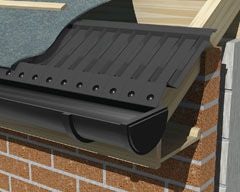Here at Roofing Superstore, we have a number of breathable roof membranes available for your latest roofing project, from Tyvek Supro breather membrane to Cromar’s breathable membrane, TLX breathable pitched roofing felt, Klober Permo and more.
In this guide, we’re going to help you get to grips with how to install breather roof membrane on a roof and the steps involved in completing the job.
Why do you need a breathable roof membrane?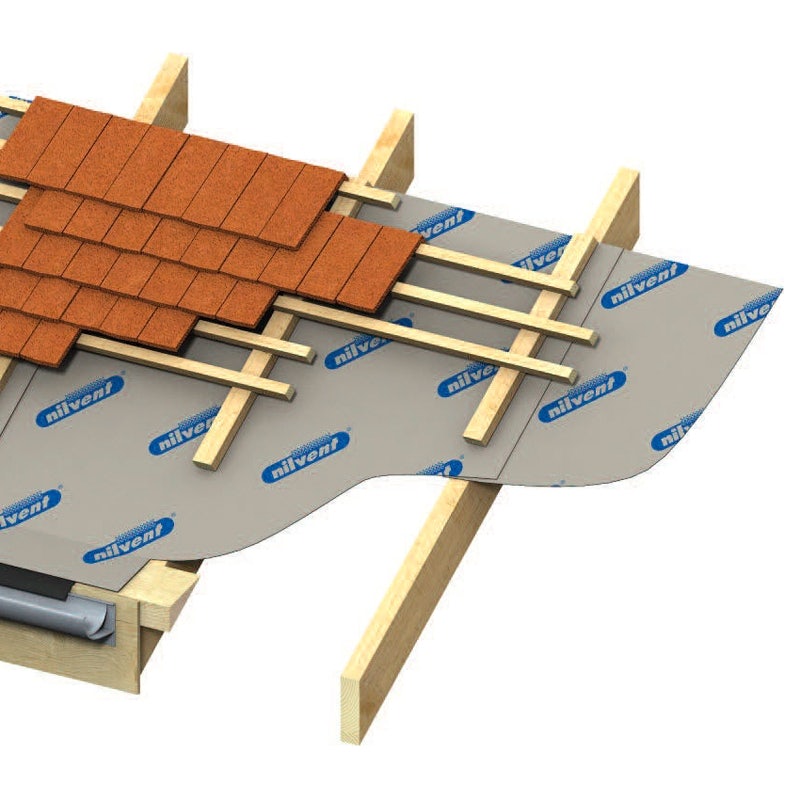
Breathable roof membranes are crucial in pitched roofing projects, as they prevent the build-up of condensation, which can lead to damp, mould and rot. They allow moisture to move out of the roof space, whilst still preventing rainwater ingress, ensuring that the roof space stays dry.
Without a breather membrane, moisture will pass through the external roof material, then build on the insulation layer, making the insulation ineffective, or even build up within the roof space, causing damp, mould and rot.
How to install a roof breather membrane
Installing a roof breather membrane is a relatively straightforward process, but some steps must be adhered to in order to create a surface that is breathable and secure.
Eaves support tray
Firstly, it is important to have an eaves support tray or a UV-resistant membrane, that is fitted along the eaves, with the bottom edge extending into the gutter.
Lay the breather membrane
Next, lay the breather membrane parallel to the roof eaves – normally, when installing the breather membrane the printed side should face outwards. Make sure the bottom of the membrane is overlapping the eaves support tray or UV-resistant membrane by at least 150mm, but not by so much that it will still be exposed when the roof tiles are laid.
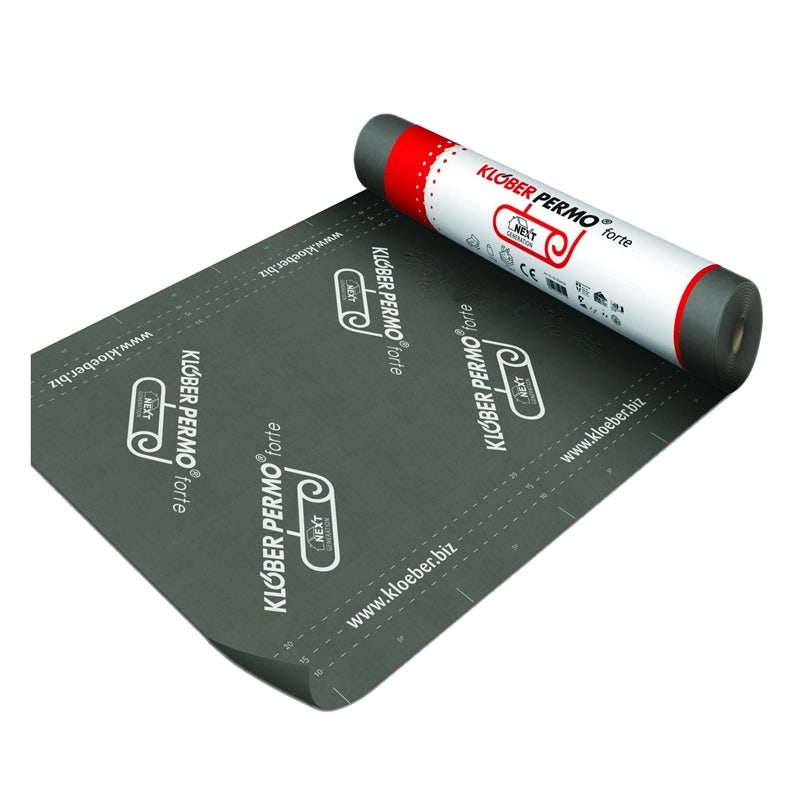
Ensure draping occurs
The breathable roof membrane should drape slightly between the timber rafters or counter battens, meaning there is a dip of around 10-15mm. Once you’ve checked that this is the case, add temporary clout nails to the top of the membrane – try to ensure they are above the line at which the second length of the membrane will overlap. When the tiles or slates are fitted they will provide a more secure fixing.
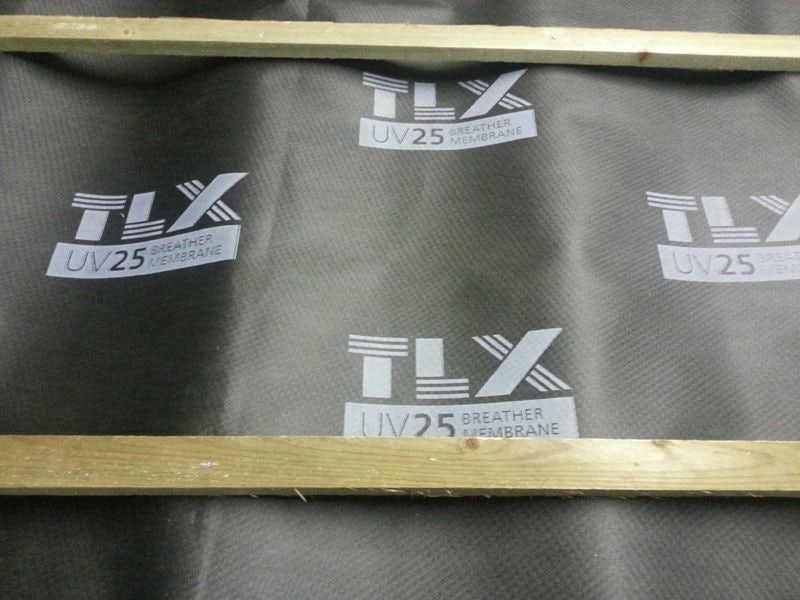
Lay the rest of the breather membrane
Continue laying the lengths of the breather membrane, working up the roof. Each manufacturer should state the amount of overlap required between each length of the breather membrane. If the overlap does not coincide with a timber batten, an additional batten can be installed to ensure the overlap remains, and to prevent the tiles from touching the membrane. These can be added across the top of the underlay, but the drape of the underlay must still exist to allow the rainwater to pass down the surface of the membrane.
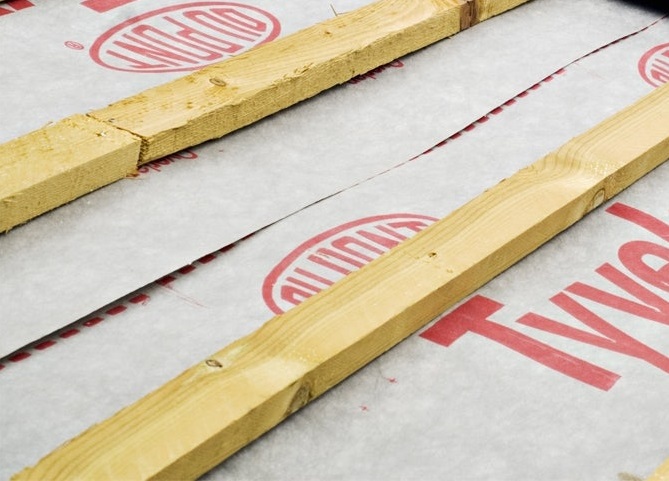
Other considerations
Ridge ventilation
If the roof includes ridge ventilation, the breather membrane must be cut on each side of the ridge to ensure the path of ventilation is still clear. If there is no ridge ventilation, the breather membrane should go over the ridge, and overlap each side of the ridgeline by the required overlap.
Roof valleys
On roof valleys, ensure the breather membrane is extended by a minimum of 300mm on each side, measured from the centre of the valley. At abutments, the underlay should be turned up by at least 100mm – this will create a secondary water-resistant barrier.
Roof verges
With wet verges, also known as verges that use mortar bedding as fixings, the breather roof membrane needs to lap onto the masonry by at least 50mm. When used with dry fix verges, the membrane needs to be laid so that it extends past the face of the gable.
Penetrations
For windows, soil pipes and other penetrations cut the membrane and turn it so that it folds up against the penetration. If working with circular penetrations, cut the membrane with an Asterix shape to create flaps to fold upwards. If needed, tape the cutout sections to the penetration to prevent them from folding back down.
If you have any queries or project-specific questions, feel free to call our team of experts on 01752 692760 or use the live chat in the bottom right-hand corner and we will be more than happy to help.



